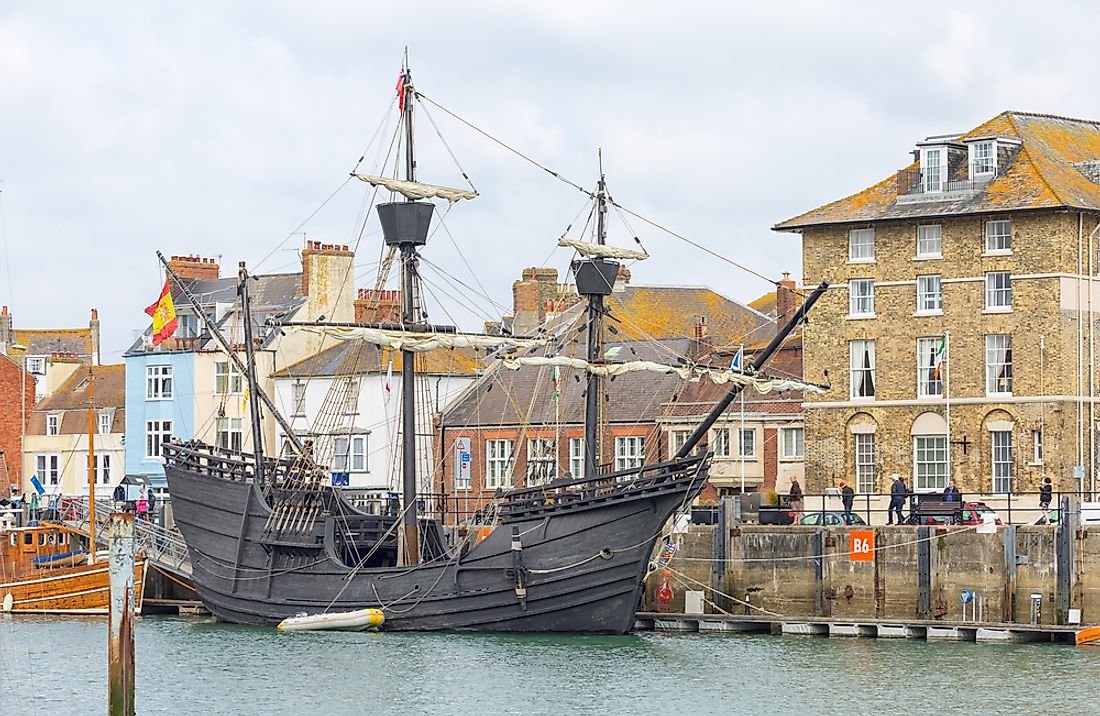What Is Circumnavigation?

Circumnavigation is the complete navigation around an entire land mass like an island, a continent, or an astronomical body like the moon or another planet. For navigation to be considered circumnavigation one has to go around the earth along a route that forms a complete route such that the journey can be completed in either direction.
A Brief History of Circumnavigation
Humans have always been curious to know what lies on the other side of the world, and this was mainly a big issue in the 14th century which was an era where science was starting to shape the world and the means of transportation by the sea was starting to advance by leaps and bounds. The first attempt at circumnavigating the earth was made between 1519 and 1522 by a Spanish voyager Ferdinand Magellan aboard a ship called Victoria. Their voyage started at Seville in 1521 and continued across the Atlantic Ocean, rounded off the South American continent, crossed into the Pacific Ocean and along the way they chanced upon new islands like Guam and the Philippines. The journey continued into the Indian Ocean, where the crew navigated through the tricky and hazardous Cape of Good Hope. They continued across the Atlantic Ocean and finally docked back to the Spanish waters in the year 1522. Other voyages around the world have been made since then by different people with even greater success. The current fastest circumnavigation record is by air which was carried out by Steve Fossett who took 67 hours to complete the round trip.
Requirements For Circumnavigation
For circumnavigation to be certified as complete, there are requirements that one has to meet. The first one is that the route should start and finish at the same point, and this is what completes a loop. Secondly, the route should cross all the meridians. Thirdly, the whole journey must be at least 22,858 miles long, and this is the equivalent length of the strip at the center that makes up the tropic of cancer, the widest point of the planet.
Preparations Necessary For Circumnavigation
As for those taking part in the whole exercise, safety is of the utmost importance, the vessel to be used for the journey has to be in mint condition without any faults that may result in an accident in areas that experiences harsh conditions. While for an aircraft it should not have a speed that is less than 140 knots and have enough fuel to at least cover 1000 nautical miles without any need for refueling. The people participating are also required to be of sound health and mind, they must be mentally prepared for what is ahead and be ready for anything. This undertaking involves a lot of prior preparations like stocking enough medical supplies and food rations, and having a communication channel that can be used to access help at a moment’s notice if anything goes wrong. The rules are more thorough for those attempting solo journeys as they must have experience in covering long distances, a few long trips before the big day are highly recommended for the body to get accustomed to the jetlag.











